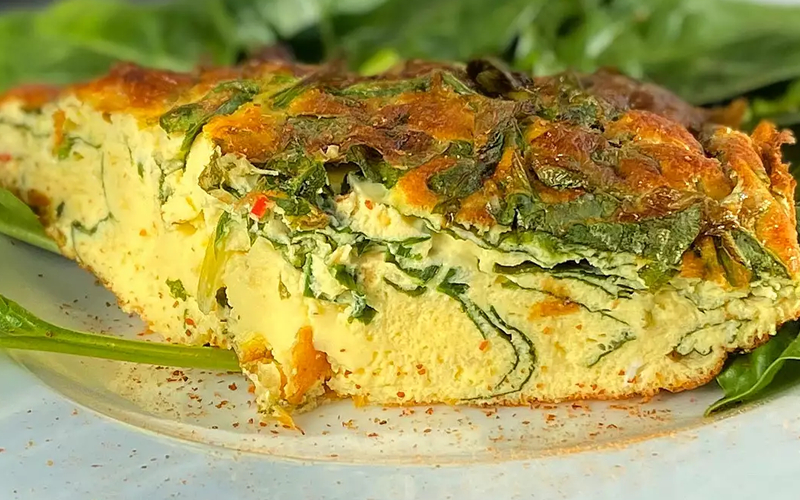Italian stuffed peppers are an appetizer worth coming back for. These pepper cups are filled with a variety of simple ingredients, including ground beef, rice, and cheese.
In this post we’ll cover the background to these tasty treats and their rich history. We’ll also provide you with the essential information on how to make Italian stuffed peppers—plus some variations that offer a twist on this staple favorite.
The peppers themselves represent the colors found in Italy’s flag: red (the tomato sauce), white (the mozzarella) and green (the basil). And while they were first served as part of an Italian-American celebration during Columbus Day Weekend in 1976, they were then adopted by the Catholics in honor of St. Joseph’s Day and have been a staple of Italian-American cuisine ever since.
Their Italian roots can be traced back to Sicily where they were traditionally filled with ground beef, rice, and peas. They originated in the early 1930s and were often known as frutti di mare or “fruit of the sea” due to their colorful appearance as well as the fact that they were made with seafood. The traditional filling actually included fish in place of beef—and was then wrapped in a thin pastry dough—with tomato sauce on top.

The original recipe was updated sometime during World War II to include beef and rice. As for the name of the dish, it is believed to have originated from a man named Al Rossi who owned a grocery store in New York City. At a Little Italy festival in 1976, he served up Italian-style pepper cups with Italian sausages and became known as the “Father of Stuffed Peppers”. His daughter Mary Ann Rossi-Casella told National Public Radio (NPR) that her father decided to make his own recipe for stuffed peppers rather than competing against members of his own family who were participating in the festival.
Today, the peppers are featured on many restaurant menus during Columbus Day Weekend (October 10-15). The pepper cups are found in various restaurants throughout the United States, including New York City, Boston, Philadelphia and Los Angeles. They are also available at Italian specialty shops and supermarkets.



